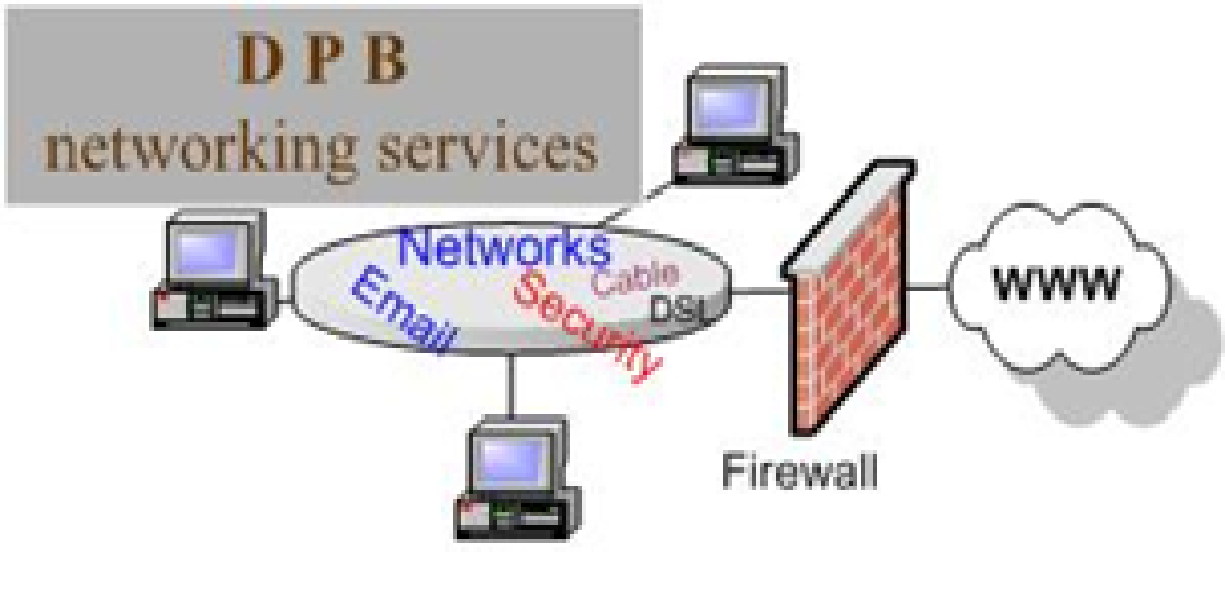Billing doesn’t come easy for many attorneys. While they are more than confident when it comes to making legal arguments and advocating for their clients, they may not feel as confident when it comes to invoicing and actually getting paid for their services.
In some cases, the disconnect is a simple lack of understanding about the billing process and how to handle it for the greatest benefit to the firm. So, here is some legal billing language that you need to know when getting your law firm paid faster:
Billable increments
For law firms that use hourly billing, the billing increment is extremely important to ensure compensation for all work completed. The billing increment is the smallest amount of time that an attorney uses when billing clients. While these increments can vary greatly from one attorney to the next, the most common increments are as follows:
- Six minutes (1/10th of an hour) – Under this structure, lawyers bill tasks in 6-minute increments. Tasks that take less time are rounded up to 6 minutes for billing purposes. For instance, a 3-minute telephone call is billed for 6 minutes of time. The 6-minute increment is the most common within the legal profession.
- Ten minutes (1/6th of an hour) – With this option, lawyers bill tasks in 10-minute increments. Tasks that take less time are rounded up to 10 minutes for billing purposes. For example, reviewing a document for 7 minutes would be billed for 10 minutes of time.
- Fifteen minutes (1/4th of an hour) – Under this structure, lawyers bill tasks in 15-minute increments. Tasks that take less time are rounded up to 15 minutes for billing purposes. This billing increment tends to garner the most push back from clients who don’t appreciate being billed 15 minutes for a 5-minute task.
The ABA has consistently recognized the legitimacy of utilizing billing increments – even the 15-minute option. With minimal time increments, attorneys can ensure that all time spent on a matter is billed and compensated.
Alternate billing structures
While the billable hour is most commonly associated with the practice of law, alternative payment options are becoming widely utilized – and even expected – within the legal community.
From the client’s perspective, these fee options offer more predictability and consistency when working with law firms and compensating them. When clients aren’t questioning the credibility and accuracy of their bills, they are more likely to pay in a timely manner.
From the attorney perspective, alternative fee structures offer more efficient options for law firms as they choose their billing structures. Many of these options require less time and effort to implement. Here are some of the alternative billing options becoming more popular within the industry:
- Fixed Fees – These set compensation amounts are established prior to the attorney’s engagement of work. It is a flat fee that lets the client know exactly how much the legal services will cost up front.
- Fixed Fee Per Project Milestone – These are similar to fixed fees, but instead of encompassing the entire case, the fee covers a specific project milestone or block of time. For example, in a complex litigation matter, the lawyer may change a set fee for implementing the lawsuit, another set fee for pretrial negotiations, and additional set fees for each individual court appearance.
- Capped Fees – Capped fees utilize hourly billing rates, but the number of billable hours is capped at a predetermined limit.
- Hybrid Rates – These rates combine hourly and fixed fee rates for matter compensation. The lawyer may charge a flat fee for one aspect of the case and an hourly rate for other case tasks. These arrangements may also offer a reduced rate for work completed by paralegals and less-experienced associates.
- Payment Plans – Another tactic for the promotion of quicker payments is the payment plan. Under this option, clients can set up payment plans for their legal bills. This makes it easier for clients to pay particularly large legal invoices.
- Portfolio Fees – A portfolio fee is where a law firm agrees to take a fixed fee to handle a large number of matters for a client over a specified time period. For example, a law firm may contract with a large corporation to handle all of their labor and employment matters for one year in exchange for a fixed fee.
Day vs. Net
Here is one example where plain old language is more effective than the language of legal billing. Law firm invoices commonly include the term “net” to inform the client of when payment is due. For example, a bill may state “net 30”, which means that payment is due within the trial period. Unfortunately, many legal clients don’t understand what this term means, so even though they review the invoice, they have no clue about when payment is actually due.
Instead of using the phrase “net”, use language that clearly states how many days the client has to pay the invoice. A statement like “Payment due within the trial period” clearly defines exactly when payment is due. You may also use payment terms like “Due upon receipt” to promote timely payment your law firm bills.
Block billing vs. Detailed billing
Detailed billing is much more effective for timely payment than block billing. Block billing occurs when a law firm lists numerous tasks under one single block of time. It may look like this:
Drafted pleadings, Telephone Conference with Opposing Counsel, Review of Medical Records: 6.5 hours
Clients generally do not like these types of billing descriptions and often end up questioning the large amount of time listed for seemingly small tasks.
Detailed billing uses single time entries, listing each task separately, along with the amount of time the individual task took to complete. Unlike block billing, detailed billing provides the client with specific information about what work has been done on the case. These invoicing options also provide the client with detailed task descriptions. So, instead of simply listing a telephone conference, the task description might say:
“Telephone conference with opposing counsel in preparation for trial.”
This entry gives the client enough information to immediately know what service they are being billed for, cutting down on doubts and promoting timely payment.
Getting your law firm paid faster requires an understanding about the legal billing language that encourages clients to pay invoices without hesitation. Get to know these concepts to get your firm paid faster.
About Erika Winston:
Erika Winston is a freelance writer with a passion for law. Through her business, Personal Touch Edits, she helps legal professionals deliver effective written messages. Erika is a regular contributor to TimeSolv and a variety of other publications.

















